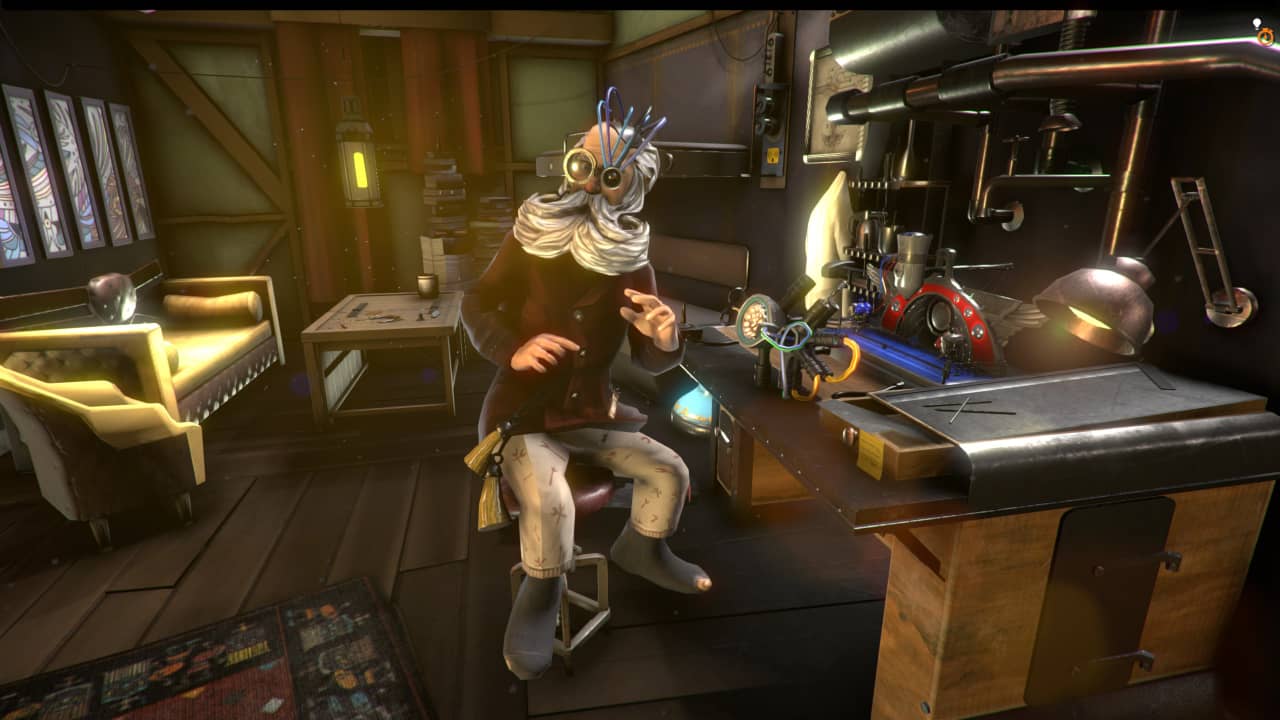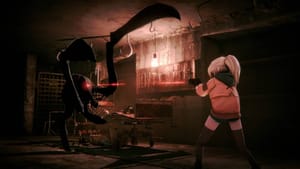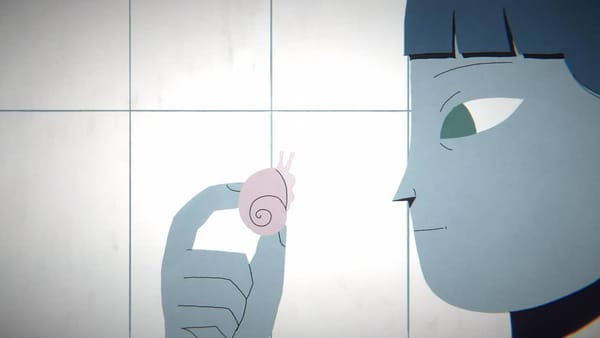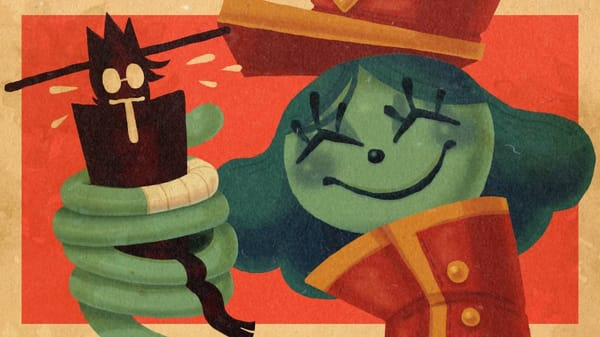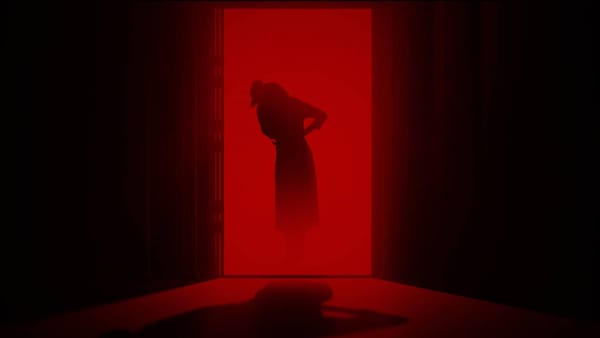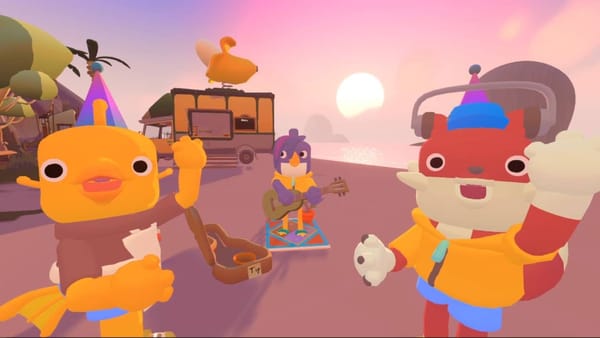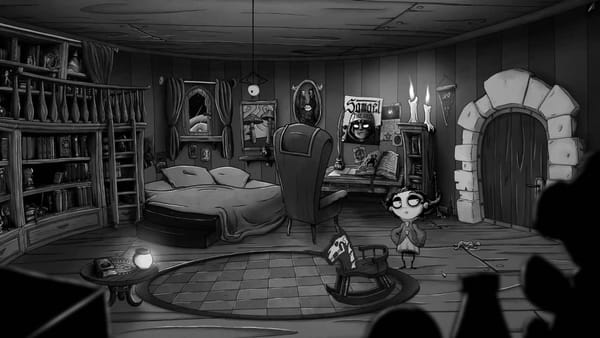KAPIA is a game I’ve been following for some time without peering through curtains or hiding in alleys. Yes, it’s the accepted kind of following as developers 2for2 have been posting a fair amount on Twitter. It first caught my eye with those magic words ‘point and click’ and its unique art style.
Screenshots don’t always do a game justice as games are dynamic and need to be played. Sometimes the game is nothing like those screenshots. Perhaps that’s why all you kids enjoy YouTubers so much. In ‘real life’, these characters are brought to life with some gorgeous modelling and presentation, but the animation was a bit too jerky for my liking.
That’s not a technical slur – KAPIA ran great when set to the super-duper settings, but I don’t like over-exaggerated movements in dialogue. The characters can’t stay still and resemble Power Rangers who’ve had too much coffee or just been told that their folks are taking them to Disney Land and Santa Claus is picking them up.

This energy mildly countered the vibe I was getting from the game: calm and cosy. Something is comforting about the visuals; the use of colours and the game’s overall tone. Considering the bleak theme of a dystopian future where domes protect civilisations during a lockdown era <gulp>, the game is surprisingly upbeat.
You play as two characters here. Stefan is a war veteran and one of the protagonists of this tale. He’s keen to end the madness and somehow free the people from oppression, while his granddaughter Reny is a child engineer prodigy with a cool robotic arm, intent on ‘rescuing’ Stefan once she finds out he’s in trouble.
The writing in KAPIA is good – that is, there were few moments where I tried to second guess where the narrative was going as I was engaged. It’s not that the game is full of plot twists, far from it. However, a good amount of times, I got a little confused with character motivations and who were the ‘good guys’. In a sense, I was KAPtivated. Nah, that didn’t work.
Like any conventional point and click, Stefan and Reny can be controlled by clicking where you want them to go. I believe a controller is an option, but I didn’t try that. Soz. Though moving around each scene is far from complex, the camera often swings around in a dynamic manner which can be disorientating in some locations and easy to miss a few things. That said, pressing tab will show hotspots should you get stuck.

KAPIA is quite a big adventure for a small indie team. There’s hardly any backtracking, and the scenes feel lived in, no doubt helped by the dynamic camera positioning. I wouldn’t say the game is easy, but the dialogue is often linear – excluding a scene or two. The puzzles are a little trickier, and that’s good as it does wonders for one’s ego upon solving.
Despite the love for the storytelling and character design, I wasn’t much of a fan of the voice acting as a whole. The delivery was flat or erratic, and from a technical perspective, occasionally inconsistent as if the recordings were done remotely. It’s a personal thing, a bit like the way the characters are animated, and it was probably the weakest part of the game.
On the subject of… subjectivity, I finished KAPIA in one sitting at around six to seven hours. Whether that’s normal or not is irrelevant as some of us like to click everything and talk to everyone until we’re kicked off the premises. The pacing felt just right and the characters never outstayed their welcome. I could happily have played for another six to seven hours. Even one of the puzzles I struggled with (a colour-based problem) never felt like it dragged, though I wish I knew how I solved it in the end!
There’s something about point and click games that feel incredibly personal. Point and clicks tend to push on that fourth wall or play on a quote or two from a beloved adventure. KAPIA doesn’t do this as much. Here it’s a case of adding a few mini-game ‘treats’ such as an Arkanoid/Pong clone. But the real highlight is the loading screens. These do hang a bit, but each screen was an art piece by children the same age as Reny. Seeing your child’s artwork forever immortalised in a game was a lovely touch and a unique one at that.
Ultimately then, is KAPIA any good? Yes, of course, it is silly. Fellow veterans could probably complete it in one sitting but as always advised, take your time with it. Read some other reviews if you don’t trust me, but this adventure gets my seal of approval.


